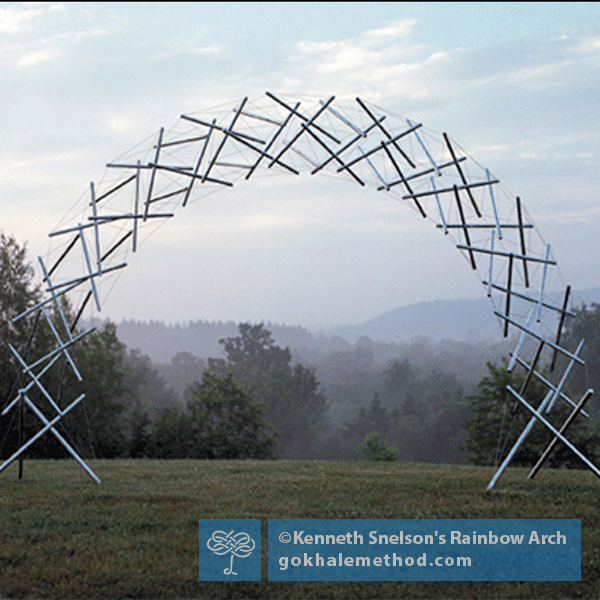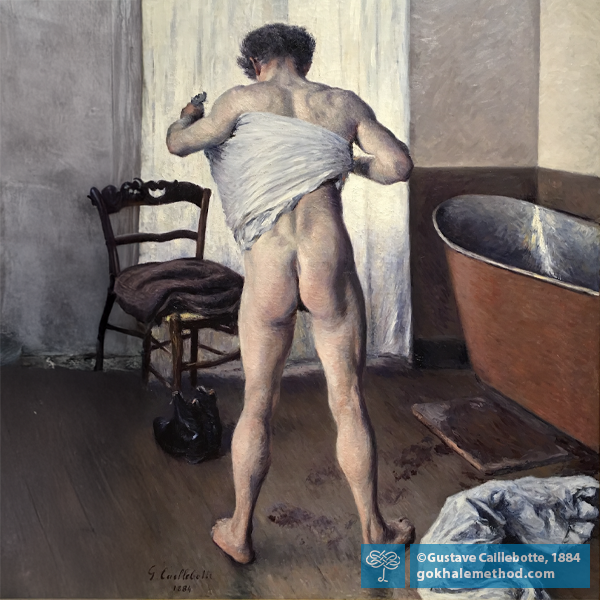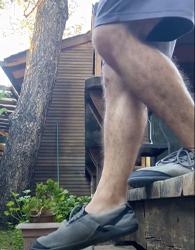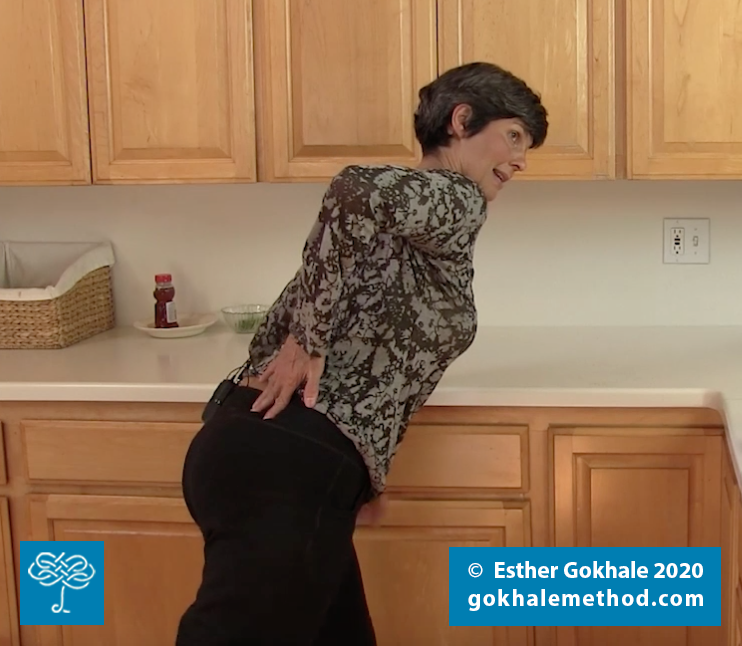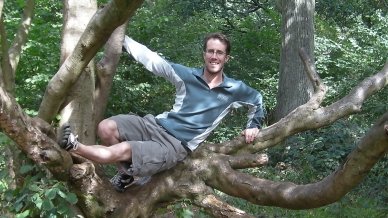In our culture a loss of up to 50% of the height of the discs as we age from our twenties to our fifties is considered normal. It follows that the herniations, nerve pain, and arthritic change that accompanies this chronic degeneration of our discs is also not seen as unusual. Pain and reduced ability to function is normalized.
Wake Up Your Glutes, They Snooze, You Lose
In surveys of what people find physically attractive in a partner, a shapely butt is often highly rated. Perhaps it’s no surprise, but if you want, there are even apps to help! So, are good-looking glutes all about sex appeal and filling out our clothing in a flattering fashion? While these concerns may be valid, it is also true that well-toned glutes have many other, profound, but less widely recognized attributes.
This blog post takes a look at the bigger picture of glute function. You may be surprised to find out just how much your glutes can contribute to healthy posture and a pain-free body.
How To Go Down Stairs (Part 2)
Welcome to our second post on navigating steps and stairs. Our first post looked at how to power yourself up stairs—however, we often hear from our students that their most pressing concern is how to come down stairs.
Are you starting to worry that you may need to set up your bedroom downstairs, or find yourself compromised when visiting places with stairs? Perhaps you have a friend or older relative in this position? Is it possible to maintain or even improve your fitness and mobility in the years ahead? “Life exercises” such as descending stairs, done skilfully, can be transformative and can give many benefits beyond getting you where you want to go.
My Favorite Exercises for When You Can’t Get to the Gym, Part 2: Toning the Gluteus Medius
Exercise is wonderful not only for keeping us strong and healthy, but also for relieving stress and anxiety. Now that gyms are shut down again here in California, home exercise is even more important than ever before. In today’s installment, we’ll focus on an exercise I’ve devised over the years designed to isolate and strengthen the oft-overlooked gluteus medius. This muscle is almost always underdeveloped in people who’ve been raised in industrialized cultures. But it is an important player in gait, running, and athletics. It also helps with balance and fall-prevention as we move through the world, no matter our age. And it’s “behind” all the peachy, perky behinds out there in the world!
Guest Blog: Woodland Workouts – a great place to test your new-found Gokhale Method skills!
I like to exercise in the woods. There! I’ve said it. I’ve said it aloud too - so there’s no going back. Truth be told, I’m much happier here among the trees than the squeezing between the pec-decks and stationary bikes at my local globo gym. I even prefer it to pounding the streets or hiking through the fields. In fact I prefer it to pretty much everything.
There’s something primal about the woods. It’s not just the smells, the sounds of the whispering trees, the presence of birds and other wildlife, or the dappled sunlight effect that the forest canopy casts on the ground. I think it goes further than that.

